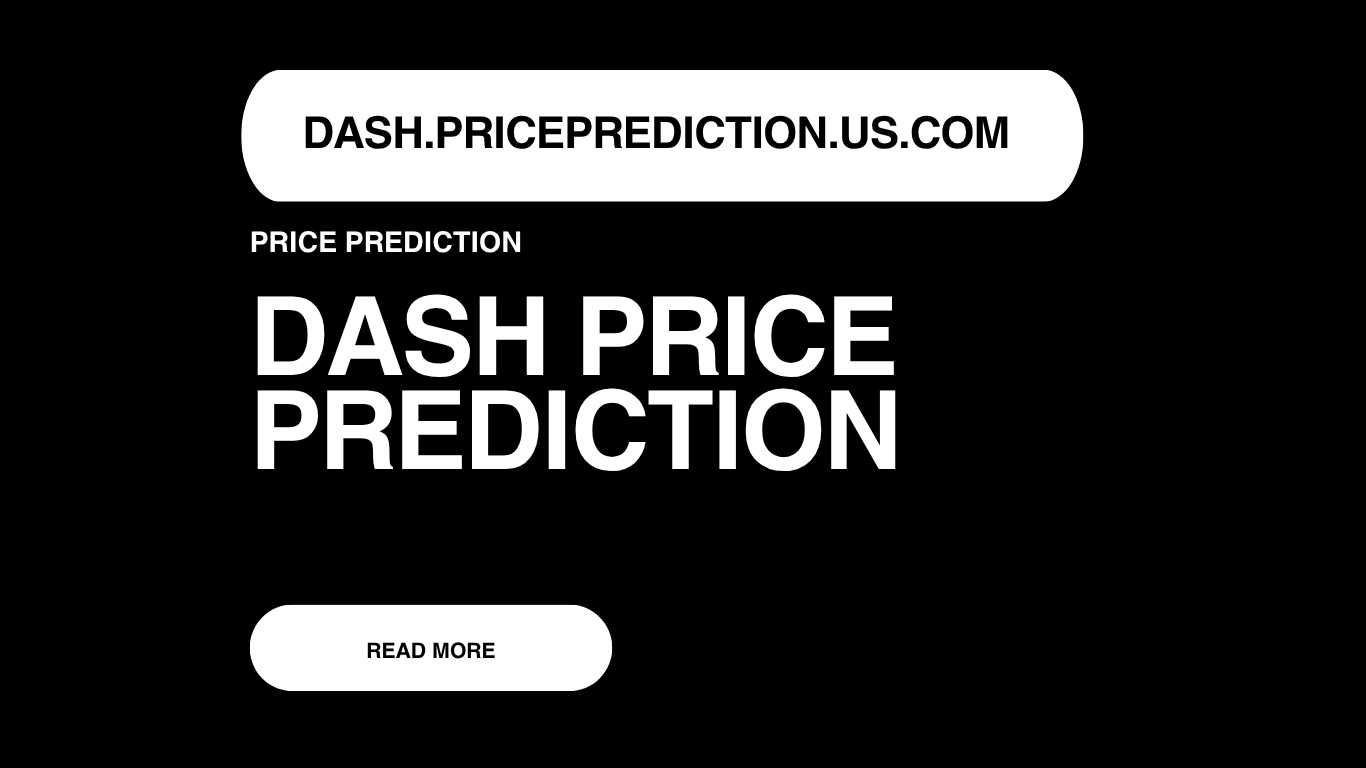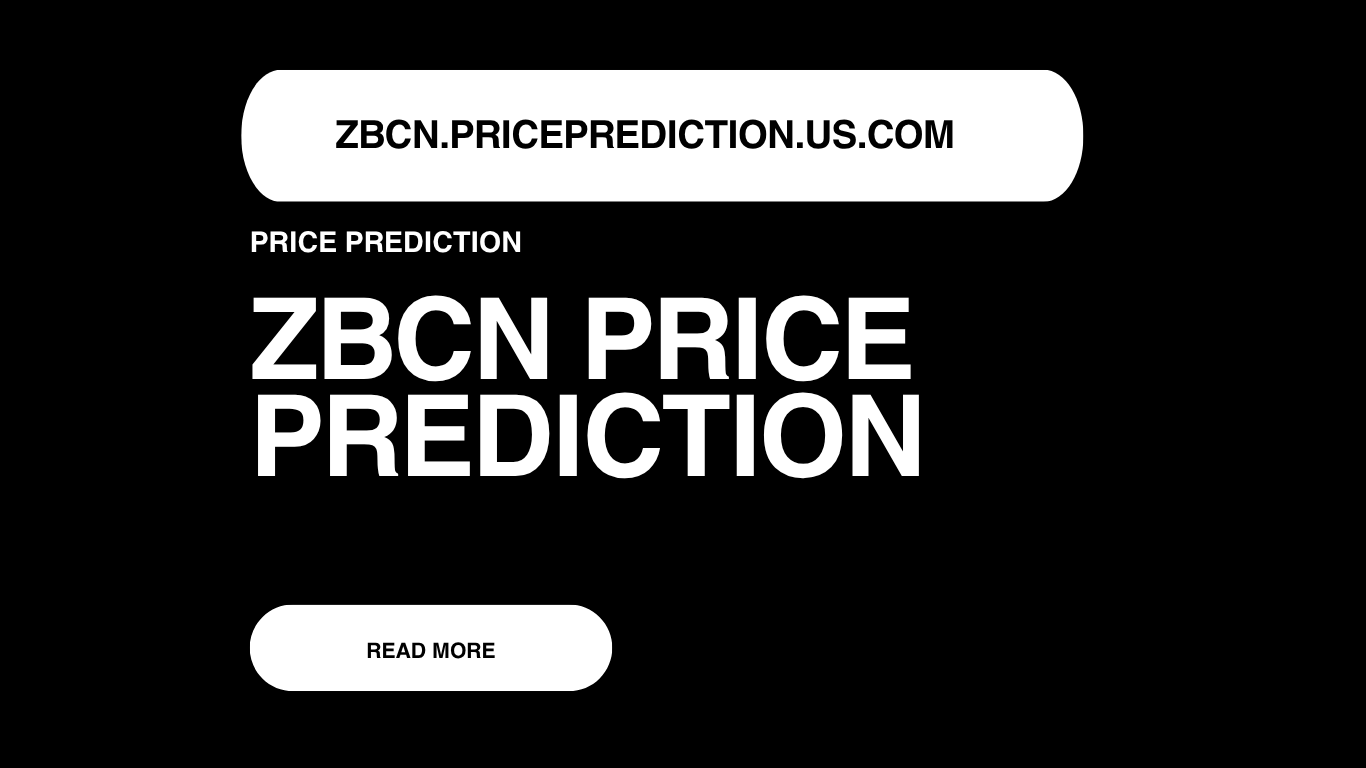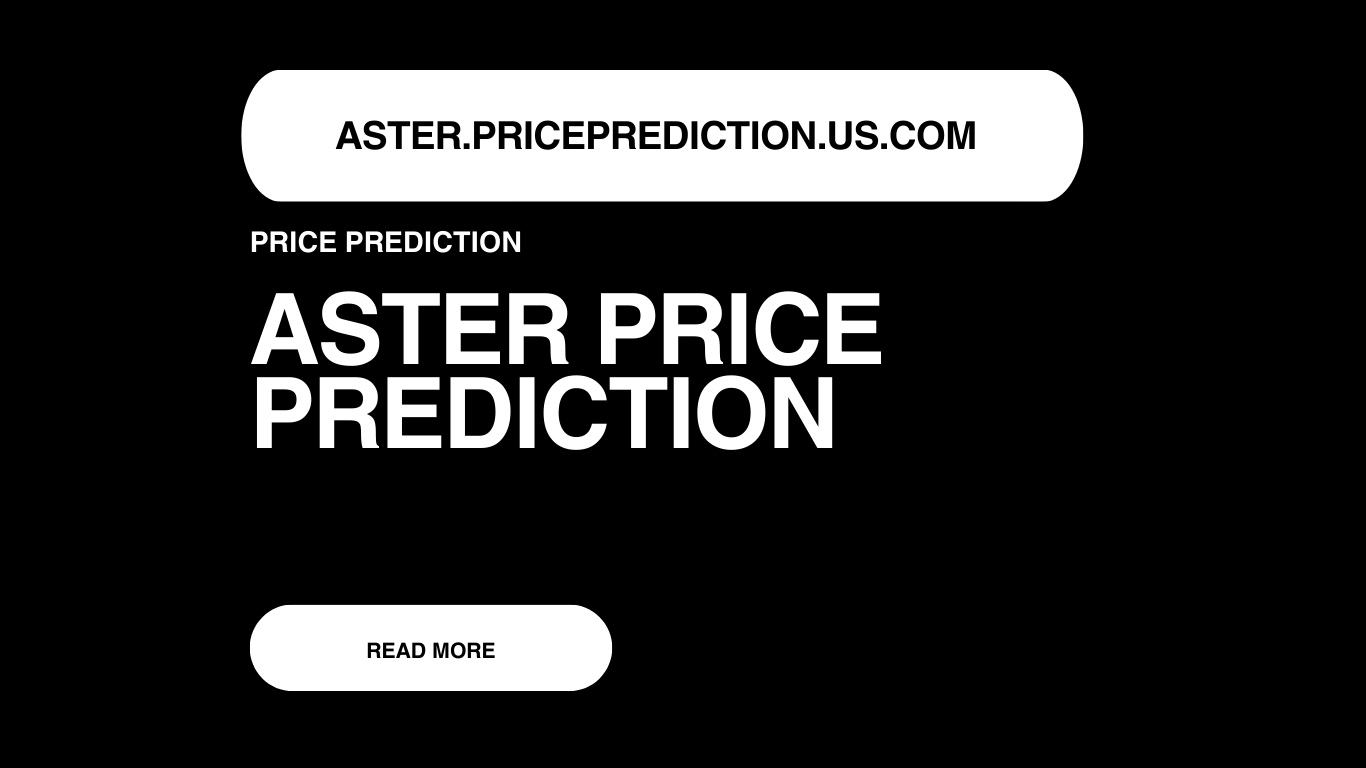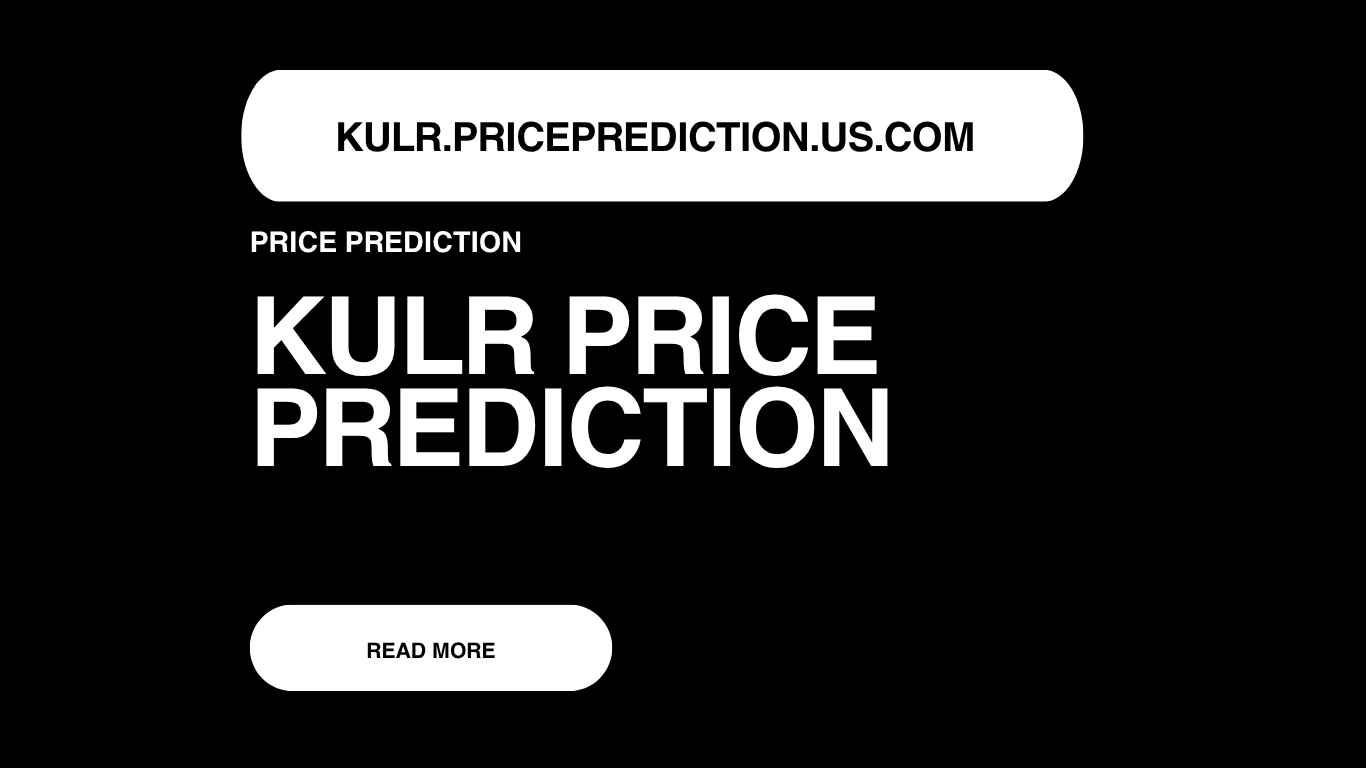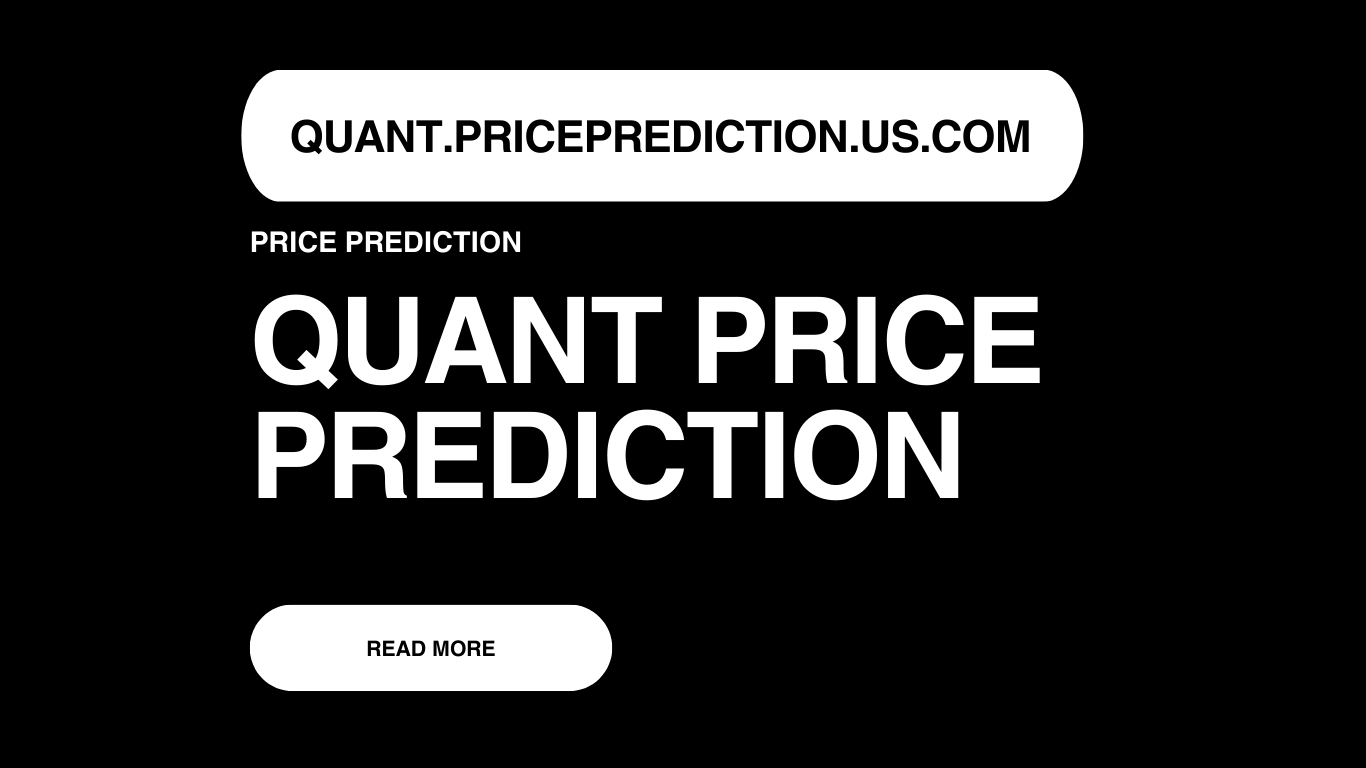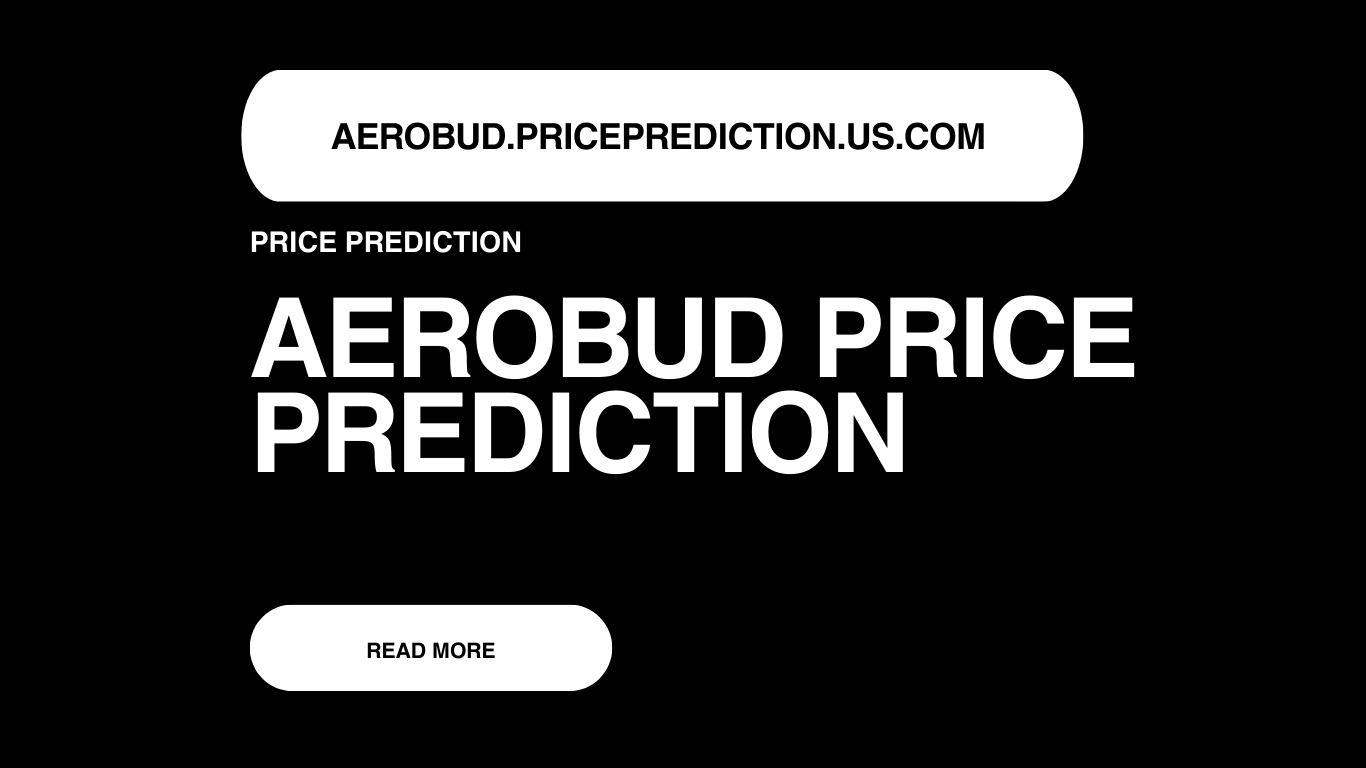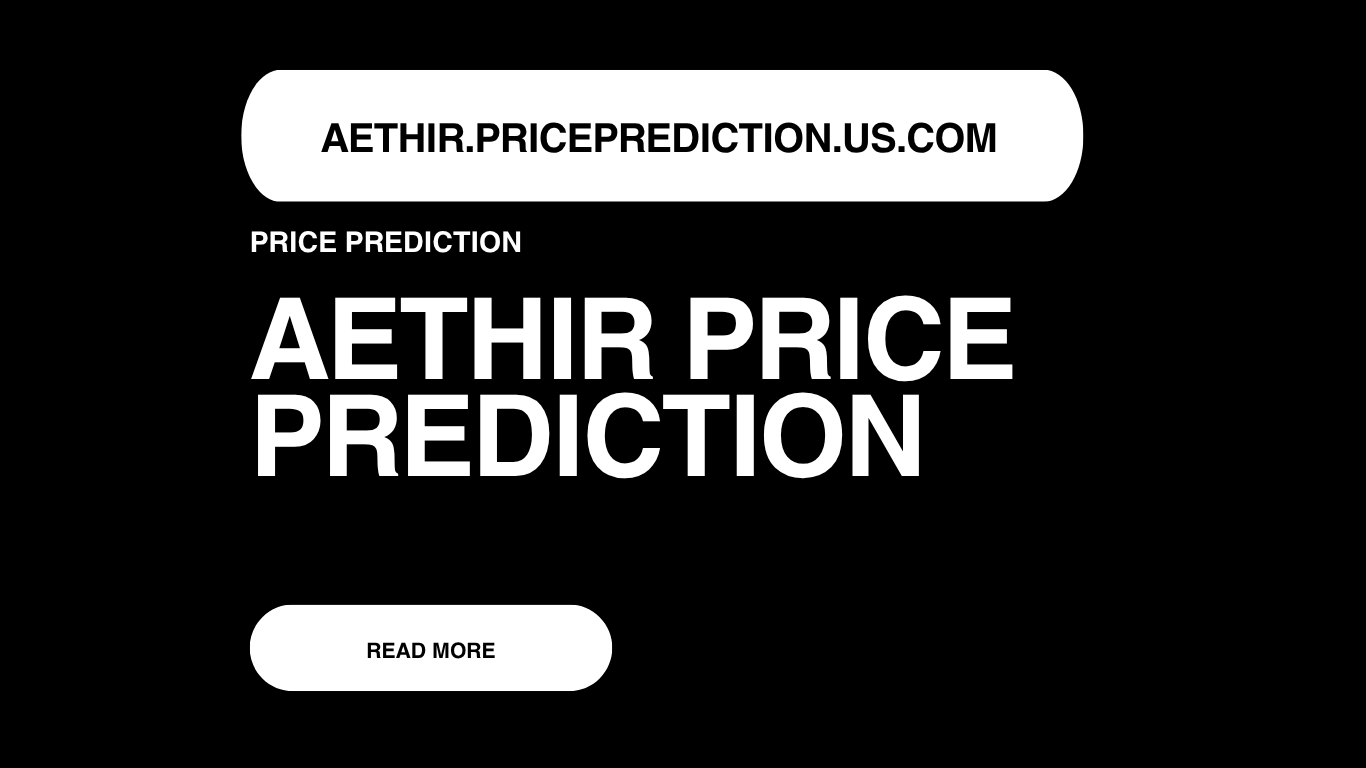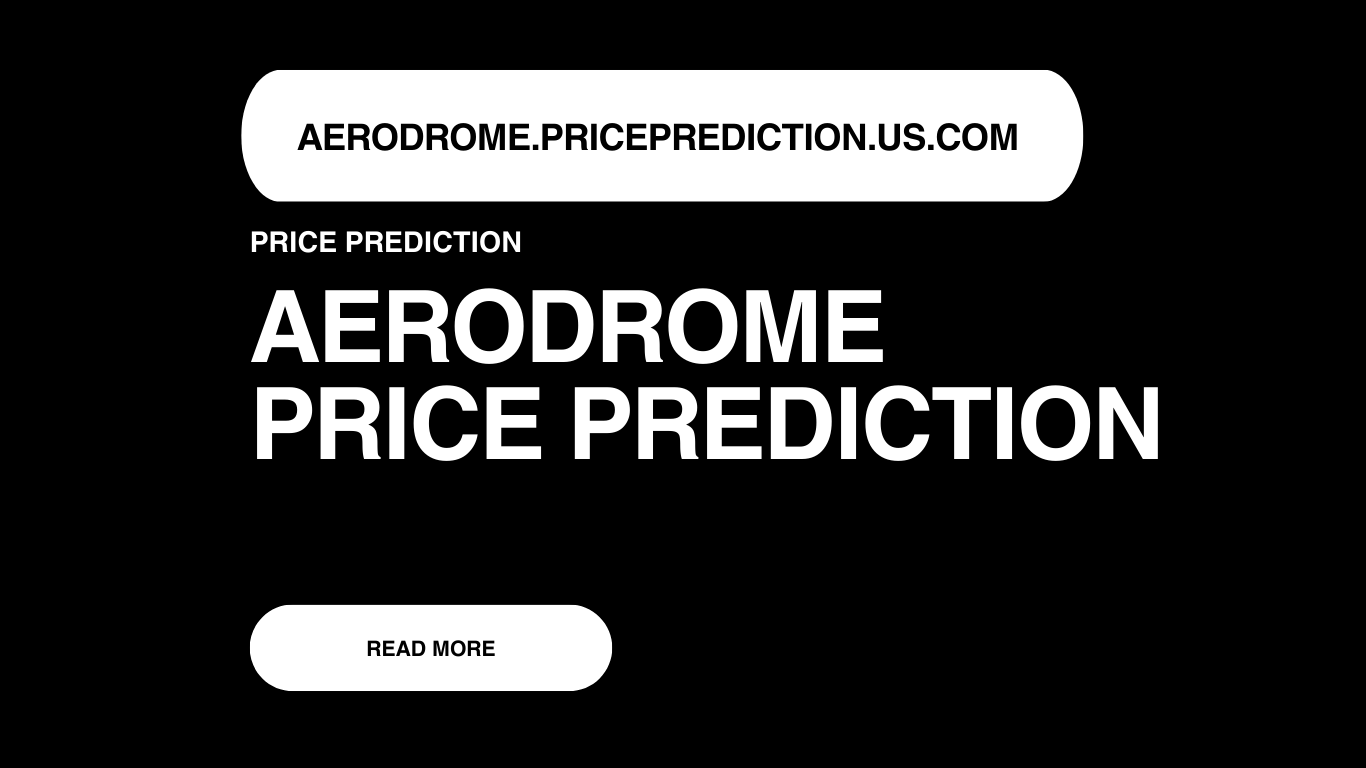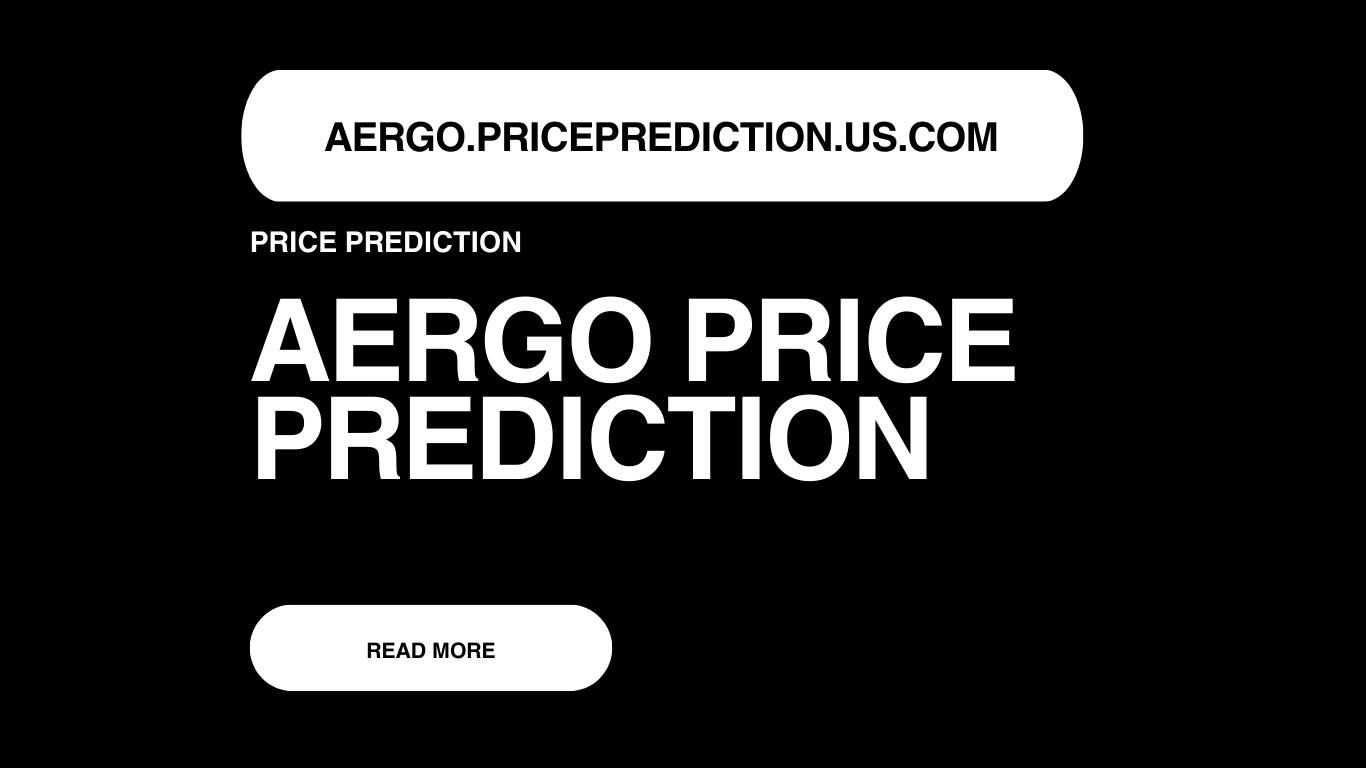Dash is one of the earliest privacy-focused cryptocurrencies that offered fast and inexpensive digital payments at a time when Bitcoin was struggling with scalability. Over the years, Dash has evolved from being just a privacy coin into a full-fledged payment system that has found popularity in regions like Latin America and Africa. But how much room is left for Dash to grow? In this article, we break down its potential through detailed forecasts, technical analysis, and long-term trends.
Current DASH Price
As of now, DASH is trading and showing signs of slow but steady recovery from the broader bear market. It remains far below its all-time high, which it reached in 2017. However, DASH continues to maintain a loyal community and consistent usage, especially for fast, peer-to-peer digital payments.
DASH Technical Analysis
DASH has been holding key support in the range and has recently formed a bullish divergence on the RSI, suggesting a potential reversal. The MACD has crossed into positive territory, and trading volume is gradually increasing. If it breaks above the resistance level, DASH could re-enter a medium-term uptrend.
Fibonacci retracement levels place the next resistance zones. The 200-day moving average, which could act as a magnet if bullish sentiment returns. Overall, technical indicators are neutral to slightly bullish in the short term.
DASH Price Prediction 2025
By 2025, as crypto adoption continues to grow in developing nations where DASH already has a strong presence, the token could see renewed interest. If global remittances and on-chain payments trend upward, DASH could reach $65 by the end of 2025.
DASH Price Prediction 2026
In 2026, should the network improve its InstantSend and PrivateSend functionalities while gaining new merchant partnerships, DASH could trade around $82, especially if macroeconomic instability drives demand for decentralized payment solutions.
DASH Price Prediction 2027
With increasing concerns over privacy and centralized control of money, DASH could rise to $109 in 2027 if its privacy features are re-optimized and regulators don’t impose heavy restrictions on privacy coins.
DASH Price Prediction 2028
2028 may be a turning point. If blockchain-based payment networks go mainstream, and Dash becomes integrated with major POS systems and remittance apps, it could potentially rise to $137. Strong fundamentals and global usage would be key.
DASH Price Prediction 2029
In 2029, DASH could reach $164, assuming increased use as a hedge against inflation in hyperinflationary economies. A successful integration with new Layer-2 technologies could also boost network speed and scalability.
DASH Price Prediction 2030
By 2030, DASH might become a go-to solution for global micro-transactions, especially in emerging economies. If it can sustain adoption and development, the token might be priced around $195, driven by utility and steady demand.
DASH Price Prediction 2035
In 2035, DASH may benefit from a fully mature Web3 payment environment where decentralized money flows seamlessly. If DASH maintains relevance and security, its price could rise to around $245.
DASH Price Prediction 2040
By 2040, DASH could either become obsolete or be one of the foundational protocols in decentralized finance for real-world payments. In a best-case scenario, with widespread adoption and consistent development, DASH may reach $310.
About Dash (DASH)
Dash (originally short for “Digital Cash”) is a cryptocurrency designed for fast, secure, and inexpensive payments. It is an open-source project that features a two-tier network with miners and masternodes. Dash is well-known for its innovations like InstantSend (for near-instant transactions) and PrivateSend (for optional privacy features).
Dash also offers decentralized governance, meaning decisions about the future of the project are made through community votes from masternode operators.
FAQ
What is DASH used for?
DASH is primarily used for peer-to-peer payments and remittances, offering fast transactions and optional privacy.
Is DASH still relevant in 2025 and beyond?
Yes, especially in countries where traditional banking is unstable. It's fast and cheap payment infrastructure still holds value.
Can DASH reach $500 again?
It would require a massive bull run and adoption surge to reach previous highs. While not impossible, it would take significant time and market support.
Bullish and Bearish Patterns
Bullish Signals:
- Growing adoption in remittance-heavy countries
- Partnerships with merchants and exchanges
- Advances in payment technology like InstantSend
Bearish Risks:
- Regulatory pressure on privacy coins
- Stagnant development or community support
- Competition from newer, faster blockchain projects
Future Trends
The future of DASH will likely revolve around financial inclusion, privacy rights, and remittance technology. If it integrates with smart contracts or bridges to Layer-2 solutions, it could attract younger investors and developers. Continued focus on regions with unstable fiat currencies may also give it a strong use case.
Tokenomics
- Token Name: Dash (DASH)
- Total Supply: 12.29 Million DASH
- Circulating Supply: ~12.29 Million DASH
- Distribution Model: Proof-of-Work with Masternodes
- Block Reward Split: 45% to miners, 45% to masternodes, 10% to treasury
- Emission Rate: Decreases by 7.14% annually
- Treasury System: Self-funded development through decentralized governance
- Use Cases: Payments, remittances, governance, staking via masternodes
- Masternode Requirements: 1,000 DASH per masternode
Roadmap
- 2028: Rollout of enhanced privacy options compatible with regulatory frameworks. Integration with DeFi payment layers and new wallet solutions.
- 2029: Launch of cross-chain bridges and Layer-2 scalability features to boost transaction speed and reduce fees.
- 2030: Onboarding more global partners in fintech and real-world point-of-sale adoption, especially in underbanked regions.
- 2035: Dash becomes a decentralized remittance hub for developing economies, including expanded masternode functionalities and stablecoin integrations.
- 2040: Final stage of full governance decentralization, allowing community-led evolution into a full-scale global payment infrastructure.

